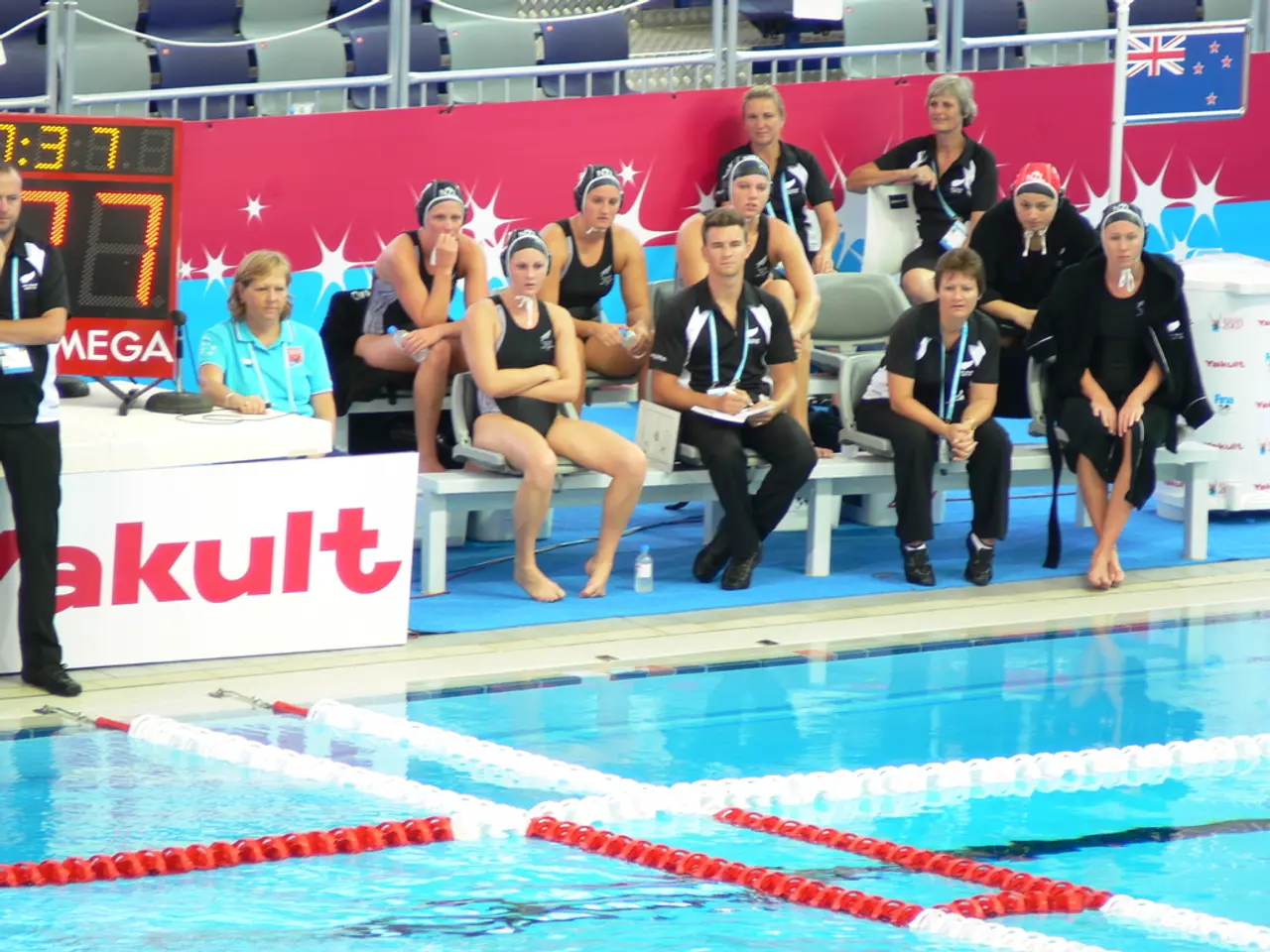Natural Climate Alteration Brings New Challenges
The global community is making strides towards climate neutrality, with the European Union (EU), the United States, and China aiming to achieve this goal by 2050, 2060, and 2050 respectively. In Germany, the federal elections scheduled for autumn have climate change as a top priority for many parties, with the goal of making the country climate-neutral by 2045.
One significant challenge in this quest is the reduction of methane emissions, a gas more harmful to the climate than carbon dioxide. Since 2007, the concentration of methane in the atmosphere has been rising rapidly, with agriculture suspected as the main culprit. In the oil and gas sector, the main challenges include detecting and capturing fugitive methane leaks, the need for new infrastructure to utilize recovered gas, and securing sufficient capital investment for methane abatement technologies. Solutions focus on improving operational efficiency, employing advanced detection technologies, capturing methane at the source, and developing infrastructures to use associated gas. The International Energy Agency (IEA) emphasises reducing methane emissions by about 75% by 2030 as critical for meeting net-zero energy sector goals and limiting global warming to 1.5°C.
The oil and gas sector is adopting measures such as targeted methane leak detection and repair, comprehensive management of flaring, venting, and fugitive emissions, and reinforcing new facility designs to minimise emissions. Companies like TotalEnergies have committed to reducing methane emissions by 50% by 2025 and 80% by 2030 relative to 2020 levels, aligning with or exceeding IEA targets.
The EU contributes to this effort through regulatory frameworks and aligns with international commitments to reduce methane emissions significantly by 2030. The EU typically integrates methane emission reductions within broader climate and energy frameworks, promoting monitoring, reporting, and mitigation through directives and funding mechanisms.
Another promising approach in the fight against climate change is Carbon Capture and Storage (CCS) projects, which involve capturing CO2 from industrial exhaust gases and storing it underground. CCS technology prevents the climate gas from entering the atmosphere by liquefying it and pumping it deep underground, where it binds with the rock. However, high costs are a barrier: it currently costs around $500 to capture and liquefy one ton of CO2, while the price of a ton of carbon dioxide in the EU's emissions trading system is around $50.
Despite the challenges, CCS companies are working to reduce storage costs to $100 per ton (around €85). Without CCS, the targets of the Paris Agreement would not be achievable, according to the IPCC in 2018. However, CCS has been banned in Germany since 2012 due to opposition from citizens and environmental activists.
The "Northern Lights" project in Norway is a pioneer in underwater CO2 storage, aiming to make the injection of liquefied CO2 off the Norwegian coast a European project. More than 50 customers from various European industrial sectors with an estimated storage need of around 50 million tons of CO2 per year are already on board for the project.
A key challenge in achieving climate neutrality is the planned global expansion of hydrogen technology, with uncertainties about the source of up to 40 tons of iridium needed annually. Currently, 80% of iridium is mined in South African mines, but production there is only eight tons.
Policymakers want to increase the price of emissions certificates to promote the use of sustainable technologies and manage the transition of the European economy to a "green economy". Methane, a gas more harmful to the climate than carbon dioxide, is a significant challenge in achieving climate neutrality. The Climate Protection Act passed in June stipulates that Germany should only emit as much greenhouse gas as nature can absorb by 2045. The European Union has presented a "Methane Strategy" to reduce emissions, with the IPCC aiming to reduce methane emissions by 35% by 2050.
In early 2021, the topic of CCS gained more public attention when Tesla CEO Elon Musk announced a $100 million prize for the best method. However, less than one percent of global climate investments go into CCS projects. Despite the challenges, the pursuit of climate neutrality continues, with the EU, oil and gas sectors, and CCS projects playing crucial roles in this global effort.
- The European Union has presented a "Methane Strategy" to reduce emissions, with the IPCC aiming to reduce methane emissions by 35% by 2050, aligning with the general news about the global community's efforts towards climate neutrality.
- In the oil and gas sector, the main challenges for climate-change mitigation include detecting and capturing fugitive methane leaks, a matter of great concern in the field of environmental-science due to methane's harmful impact on the climate.
- Policymakers recognize the importance of Carbon Capture and Storage (CCS) projects in attaining climate neutrality, as these projects, such as the "Northern Lights" in Norway, are crucial for preventing the emission of climate gas, in line with the EU's efforts to reduce methane emissions significantly by 2030, as part of broader climate and energy frameworks.








